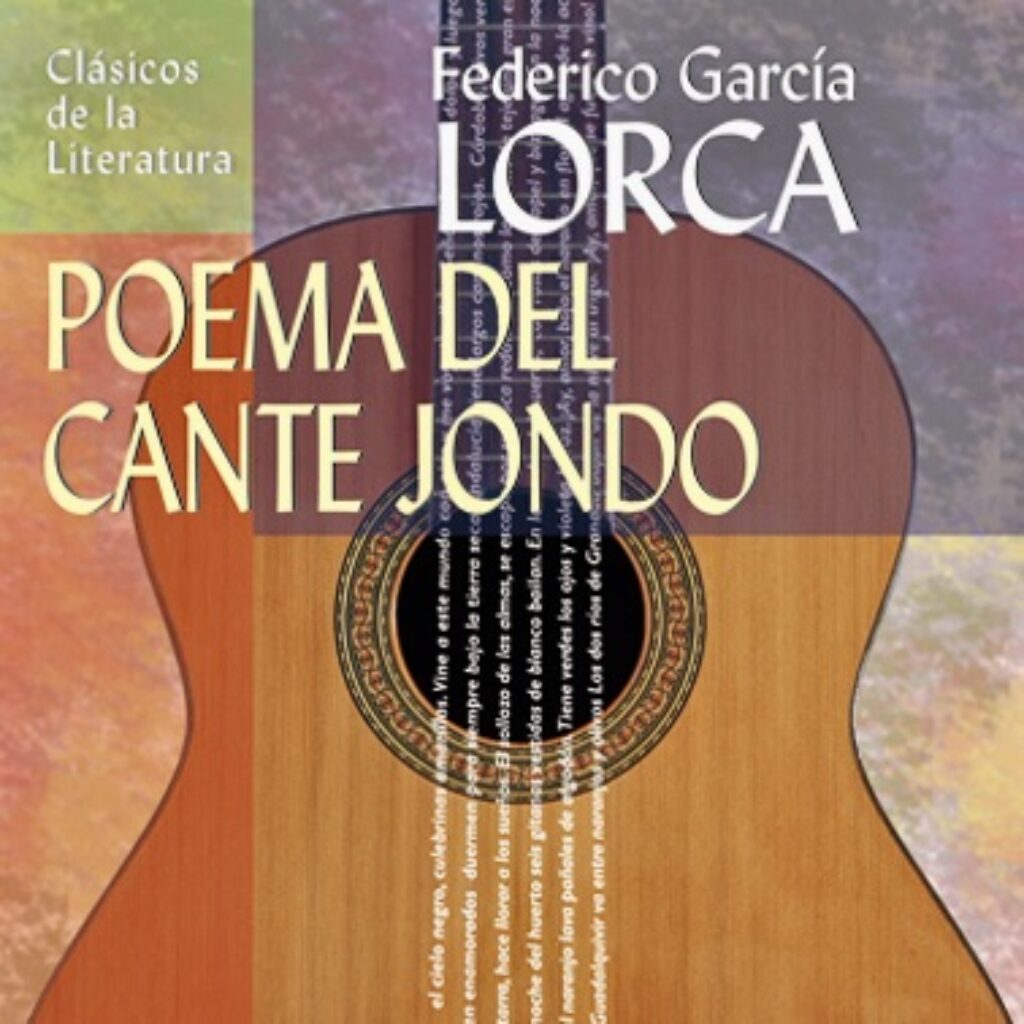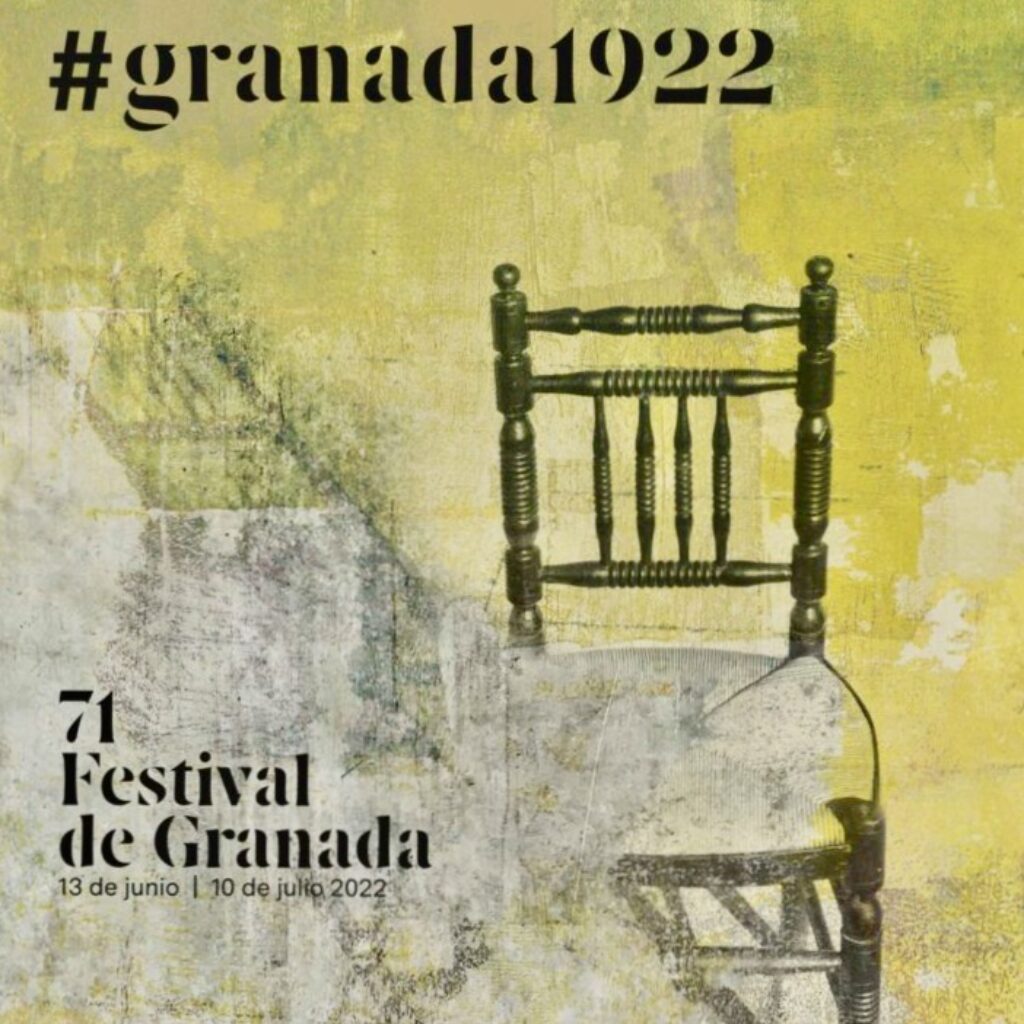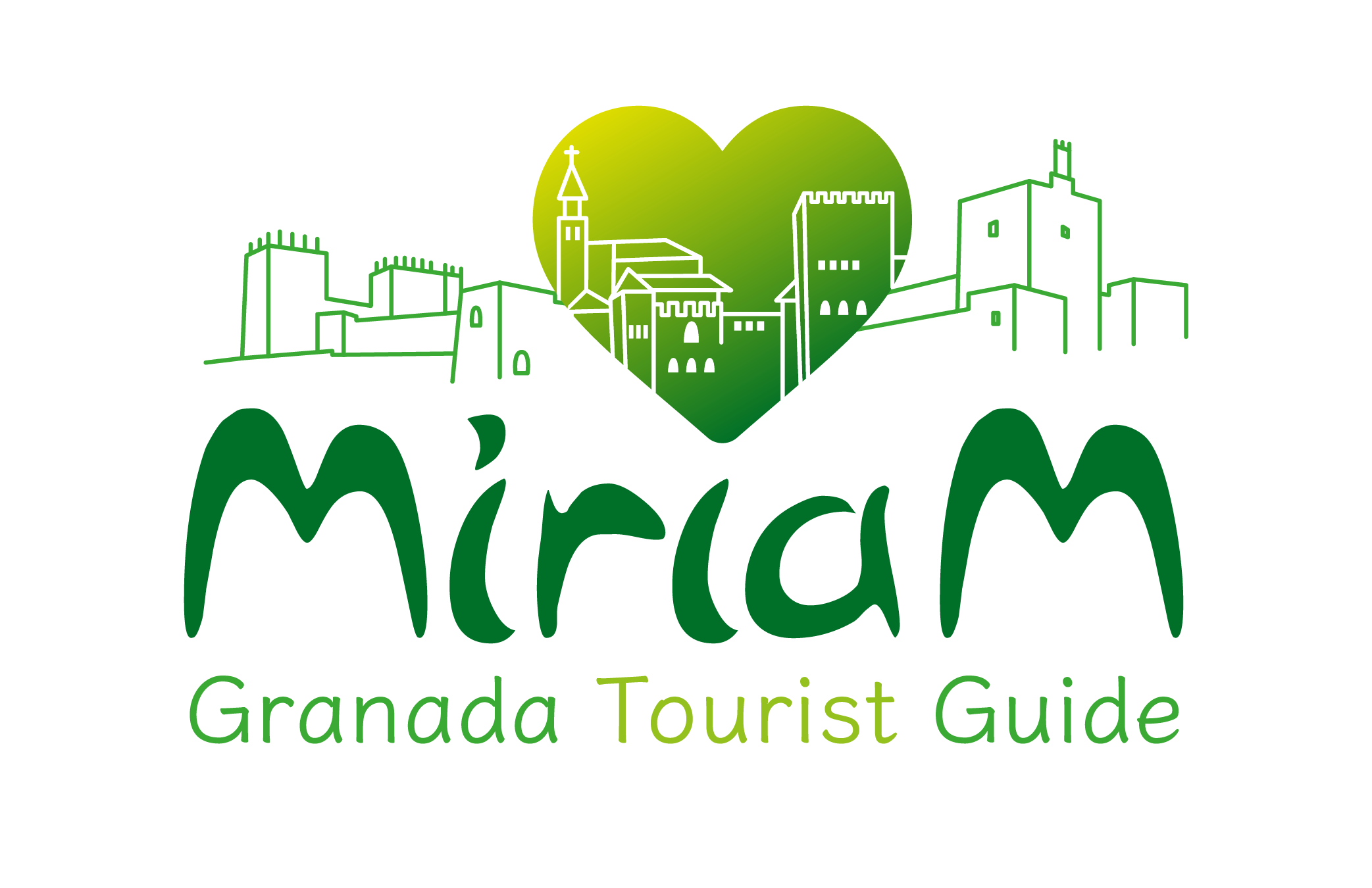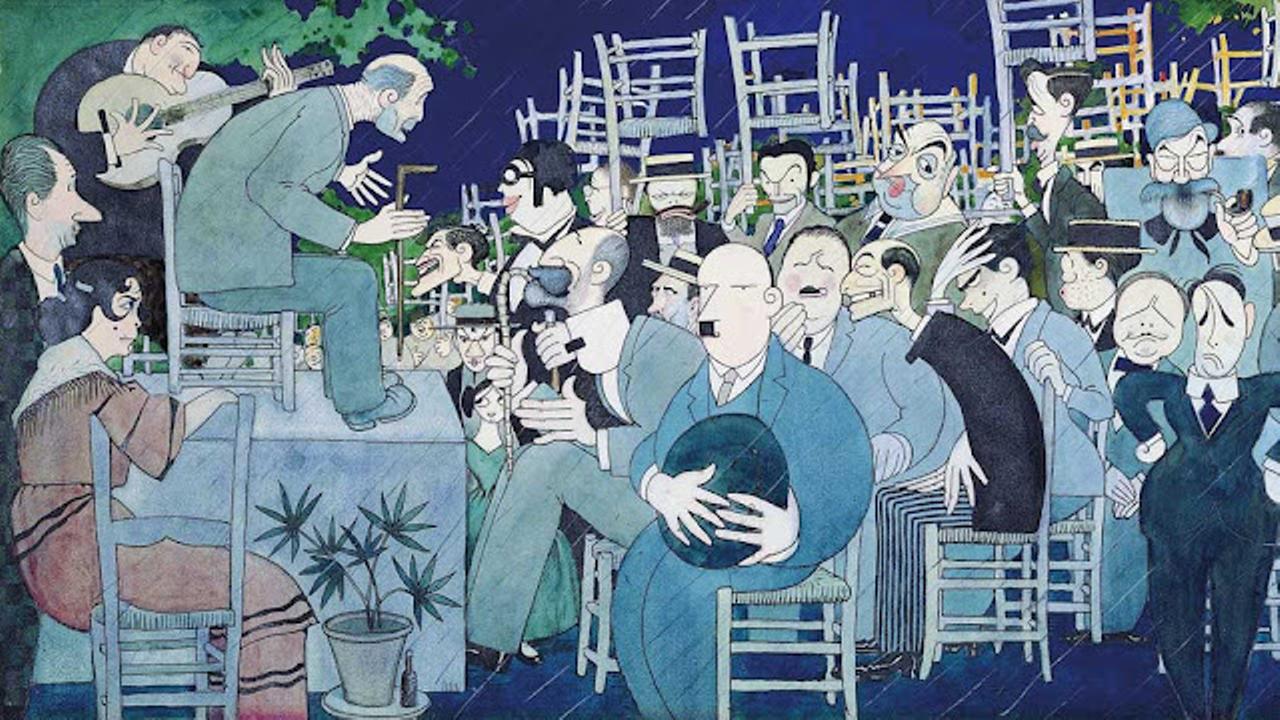Tabla de contenidos
Concurso de Cante Jondo,100 años después
«El cante… viene del primer llanto y del primer beso».
Federico García Lorca
El Cante Jondo, también llamado cante primitivo andaluz, es la interpretación más pura del flamenco, donde se expresan los sentimientos más profundos de los cantaores de una forma única y conmovedora.
El origen del Cante Jondo es todavía incierto.
Según Manuel de Falla procede de los cantos árabes y hebreos introducidos en España por los gitanos.
Otra teoría sugiere que procede de antiguos cantos litúrgicos católicos.
Aunque parezca mentira, la expresión más conmovedora del flamenco llegó a ser despreciada y rechazada.
En los años 20, el Cante Jondo se consideraba un género musical propio del ambiente de las tabernas.
Sin embargo, para Manuel de Falla y Miguel de Cicerón el Cante Jondo era un género musical único, digno de reconocimiento, pero en peligro de perderse.
Según Falla, el comercialismo y el flamenquismo eran la decadencia del género jondo.
De ahí nació la idea de celebrar un concurso de Cante Jondo, con el objetivo de preservar el género en vías de desaparición.
Falla y Cicerón compartieron la idea con sus amigos, intelectuales de renombre como Manuel Ángeles Ortíz, Federico García Lorca, Hermenegildo Lanz o Fernando Vilchez.
También consideran el concurso como una magnífica idea.
Y en 1922 dio lugar a la celebración de un concurso de cante jondo, el primer certamen nacional de cante flamenco que se celebró.
Las exigencias de Falla eran estrictas.
En primer lugar, los cantaores debían evitar las florituras abusivas en su cante y el estilo teatral o de concierto.
Además, se excluía a todos los profesionales mayores de 21 años.
Aunque este requisito eliminaba muchas voces que potencialmente habrían enriquecido el concurso, los profesionales podían enviar a sus pupilos.
Esa fue la razón por la que Lorca, junto con Manuel Ángeles Ortiz, decidió visitar tabernas y pueblos, en busca de talentos anónimos.
Esta memorable búsqueda se vio recompensada con el descubrimiento de los más singulares cantaores y cantaoras.
Talentos ocultos que harían vibrar al público del Concurso del Cante Jondo.
El concurso estuvo lleno de errores y aciertos, sorpresas y anécdotas.
Una de ellas fue la curiosa sospecha sobre el éxito de la intervención de Federico García Lorca, expresada por su propio padre.
En realidad, no se presentó en la Plaza de los Aljibes de la Alhambra hasta que tuvo la certeza de que el discurso de su hijo había sido bien recibido por el público.
Pero el concurso de Cante Jondo no fue el único defensor del «canto primitivo»
Poema del cante jondo

Sobre el monte pelado
un calvario.
Agua clara
y olivos centenarios.
Por las callejas
hombres embozados,
y en las torres
veletas girando.
Eternamente
girando.¡Oh pueblo perdido,
en la Andalucía del llanto!
Poema del cante jondo Pueblo
During the Cante Jondo competition preparations in 1922, Federico García Lorca wrote his poetic creation Poema del cante jondo (Poem of Cante Jondo).
Nevertheless the Poema del Cante Jondo was not published until 1931.
This new piece, quite different from Suites and Canciones, reveals Lorca’s pursuit of the Andalusian identity.
Federico created these poems inspired by the lyrics of cante jondo.
He wanted to bring the reader closer to the origin of flamenco singing and the jondo feeling.
The first sections are dedicated to the siguiriya, the soleá, the saeta and the petenera.
And each of these signings were personified in the form of a woman.
«We are a sad people, a static people», says Federico García Lorca.
That is why frustrated love, death, pain and grief, are the main themes of the book.
Federico García Lorca, and Manuel de Falla, were the main figures responsible for the modern renovation of «cante jondo».
They succeeded in elevating the «cante primitivo» to the level of excellence of the international avant-garde.
The “Poema del cante jondo”, and the Cante Jondo contest in 1922 marked a historic turning point for Andalusian culture.
And today, 100 years later, The Granada Music and Dance Festival aims to capture and transmit its legacy.
Granada´s Music and Dance Festival

The cry begins of the guitar.
The glasses break in the early morning.
The cry of the guitar of the guitar.
It’s useless to silence it.
It is impossible to silence it.
It cries monotonously
like water cries,
as the wind cries
on the snowfall.
It is impossible to silence it.
It cries for things from far away.
Hot southern sand
that asks for white camellias.
It cries for an arrow without a target,
the afternoon without tomorrow,
and the first dead bird
on the branch.
Oh guitar!
Heart badly wounded
by five swords.
«Las guitarras»- Federico García Lorca
The Granada International Music and Dance Festival fuses popular tradition with the highest culture.
And it offers music and dance shows performed in the most impressive places in Granada.
Venues such as the Generalife Gardens, the Palace of Charles V, the Palacio de los Córdova or La Chumbera, which represent authentic examples of Andalusian identity.
Every year, since 1.951, the Festival, offers numerous music and dance shows, many of them free entry, represented by the most outstanding performers on the current scene.
In fact, this year, in memory of the legendary Cante Jondo 1922 contest, there will be several flamenco and singing recitals.
The most representative events include the Flamenco Nights, dedicated to the ancient art that the intellectuals of the time wished to vindicate.
Thus, this event will bring together the main flamenco masters alongside the new promises of Andalusian art.
Creating bonds between generations.
Also, there will be chamber and symphonic music concerts.
Not forgetting the German composers Johann Sebastian Bach and Johannes Brahms, sponsors of this edition, whose compositions will be heard in the different concerts.
What else could you ask for? Music, dance, art, culture, tradition…
Granada is full of wonders awaiting you to discover them.
Granada, cante jondo and much more
Granada is a destination with endless possibilities.
From breathtaking landscapes, the most delightful dishes, stunning architecture, and its fascinating history.
Whether you want to visit for a romantic getaway, a family trip, alone or with friends.
Granada will always surprise you and will leave a lasting memory, as heartfelt and moving as its unique cante jondo.
Contact me and let’s enjoy the most profound feeling of Granada together.




Comment (0)